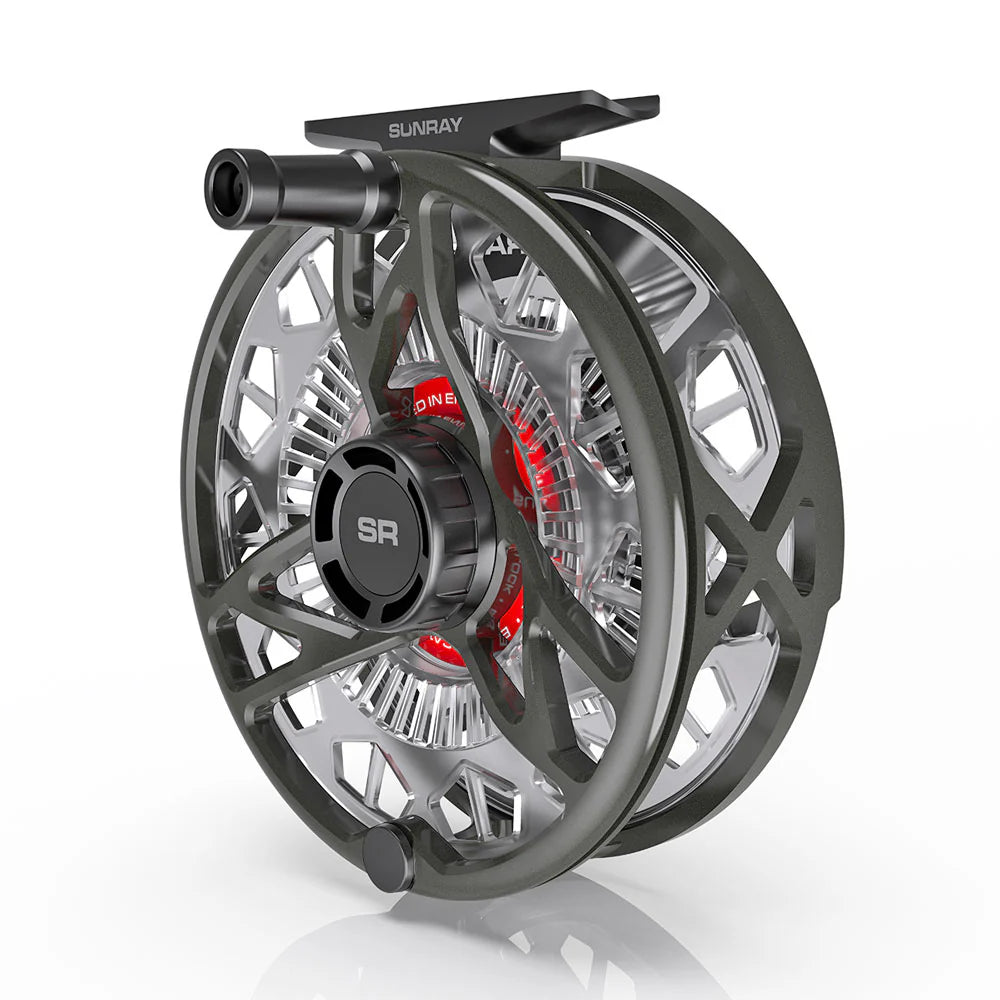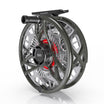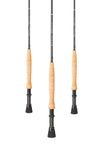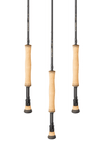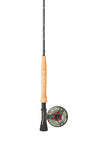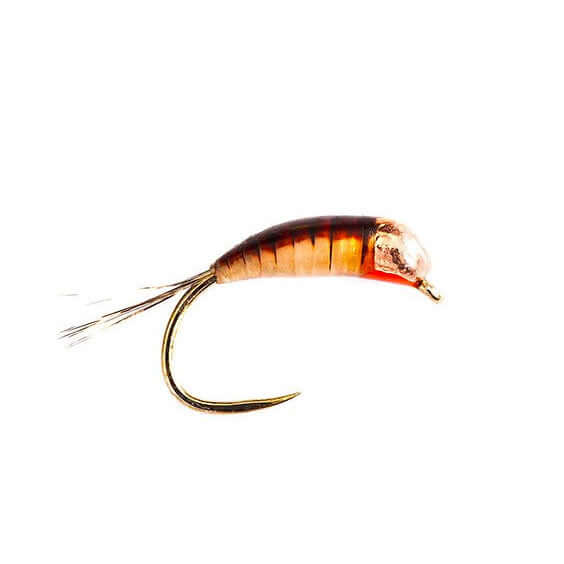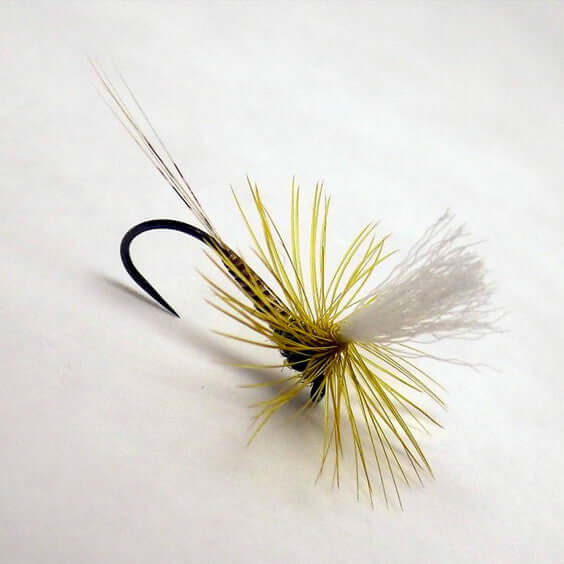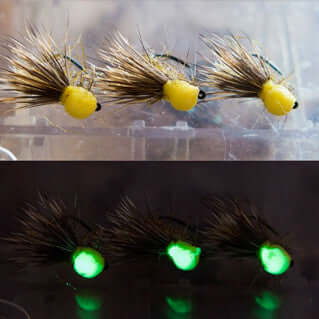I never was a lover of the sciences. Covalent bonding, nephrons, unstable isotopes: I remember the terms from my school days, perched behind the gas taps of Lab #2 and wondering if I could use the bunsen burner to singe my mate's arm hair without teacher noticing, but the finer points of understanding always eluded me. Fast forward twenty-odd years and chemistry and biology have assumed the title of Stuff Other People Know About in my mind. Physics though, well I confess to at least a passing interest.
Some of my work involves it .....as does fly fishing; and what better excuse could there be for applying a little basic physics than the pursuit of angling enlightenment? Maybe I should have listened harder in lessons after all.
Nymph fishing
This nymph is a neat little exercise in making physics work in your fly fishing. One of the problems we face when fishing sub surface is achieving sufficient depth in a variety of current speeds. Assuming we eschew the adding of weight to our leader (split shot for example), then we have to build it into our flies; and that's why we see rows of tungsten beads lined up in the boxes of modern river anglers - tungsten is great for adding density to a nymph without too much bulk.
Not all that long ago we were restricted to the use of brass beads and various lead wires and foils, which are fine up until we need some serious ballast, at which point the volume of material required results in a bug of truly monstrous proportions. The far greater density of tungsten of course allows us to add more weight using smaller beads, so our tyings can more closely match the size of the natural aquatic bugs upon which trout and grayling feed, and still have a chance of fishing as deep as we require. It's no wonder the fly fishing world is awash with boxes of tiny space helmets, all lined up for action!
Craigie's Killer takes the principle that bit further. Everything about it is designed to achieve a depth in the current super-quickly. The tungsten 'jig-back' underbody occupies the full length of the hook and unlike a bead is not slotted or countersunk (thus sacrificing precious heavy metal), but is merely glued on to the top of the shank courtesy of a shallow groove to the underside.
The materials used are minimal, low profile and given a coat of UV resin so that the finished article is extremely streamlined with few extraneous appendages to slow its descent through the water column. Fished on a suitably light tippet - again to aid rapid 'cut-through' - even the smallest size of jig-back on a size 16 hook is quickly down in the zone, providing 'grip' and control in situations where standard bead-heads would be rifling through the upper layers far too quickly.
Correct hook
There is more: due to the geometry of the finished fly it has no alternative in all but the most turbulent of flows, but to fish hook point up - an added bonus for a pattern destined to spend much of its time ticking the riverbed stones. So what this gives us is a way of presenting a bug of appropriately 'prey-sized' proportions, right down amongst the stones, but without too much risk of repeated snagging. Truly a marvel of engineering and as close to a perfect design for the task in hand as I've seen.
If that hasn't persuaded you, then I can tell you this: since first fishing with the Killer, it has become my single most successful nymph pattern on running water, anywhere. Trout, grayling, rivers large and small, clear and mucky - there is nowhere and no situation in which this pattern will not work, at least not that I have found to date. All that is required is a selection of the most suitable size (from small to extra large), and in the absence of any surface sport, any halfways competent nymphist will catch a few fish on this fly. How's that for a promise!

- Hook: Curved grub hook with jig back of size to suit (superglued)
- Thread: 14/0 sheer
- Tails: Coq de Lyon fibres
- Body: VN nymph skin 3mm translucent, dorsal surface tinted with brown Sharpie marker
The whole fly gets a coating of UV resin (don't use varnish or the marker pen will run), and a dab of hot orange nail varnish under the 'chin'. Do not neglect the latter - it is an indispensable trigger point.


